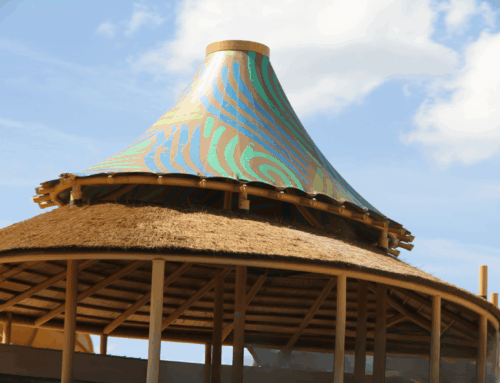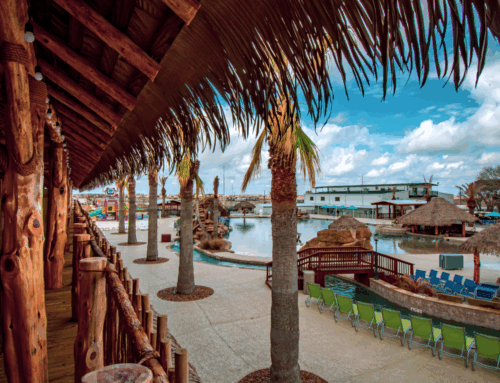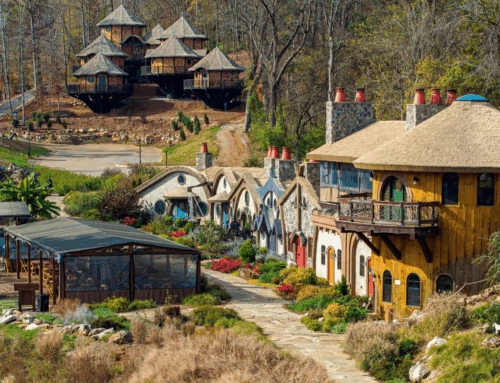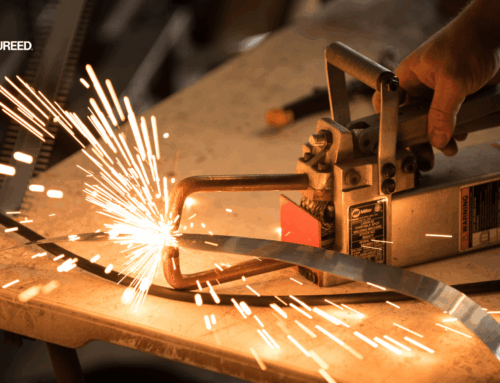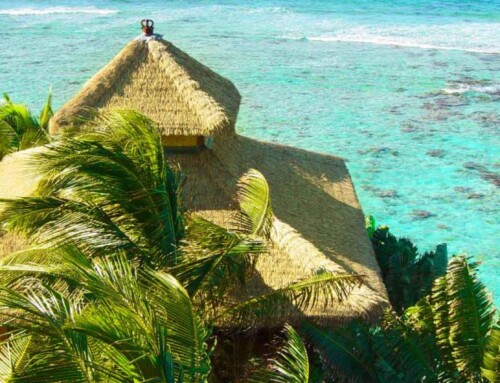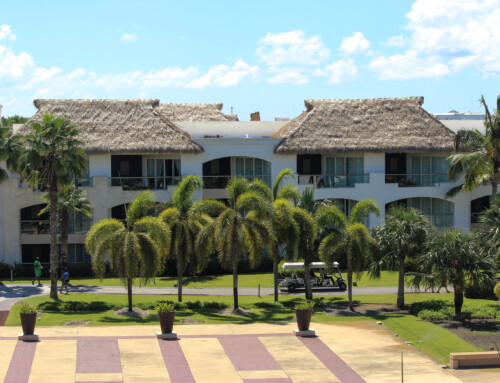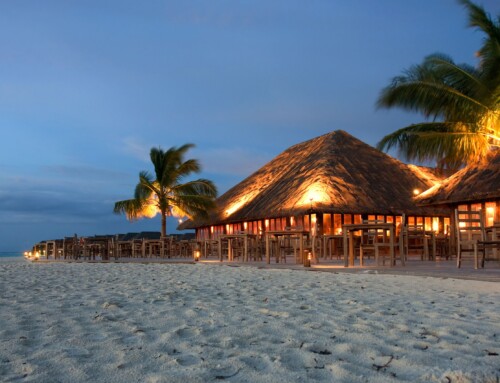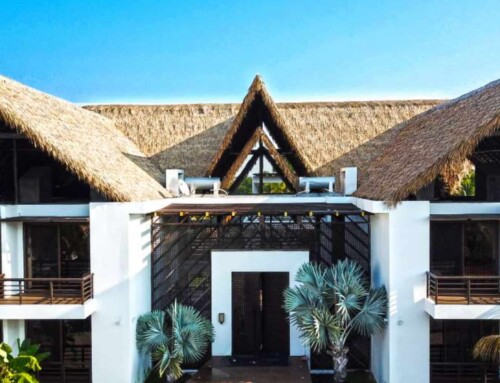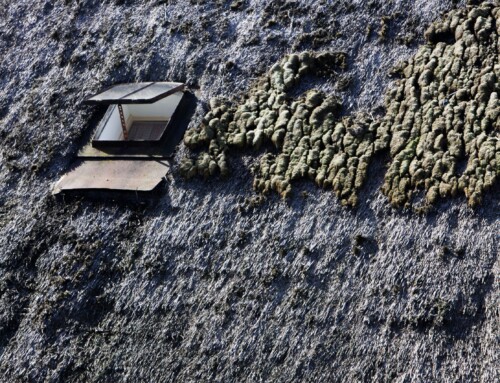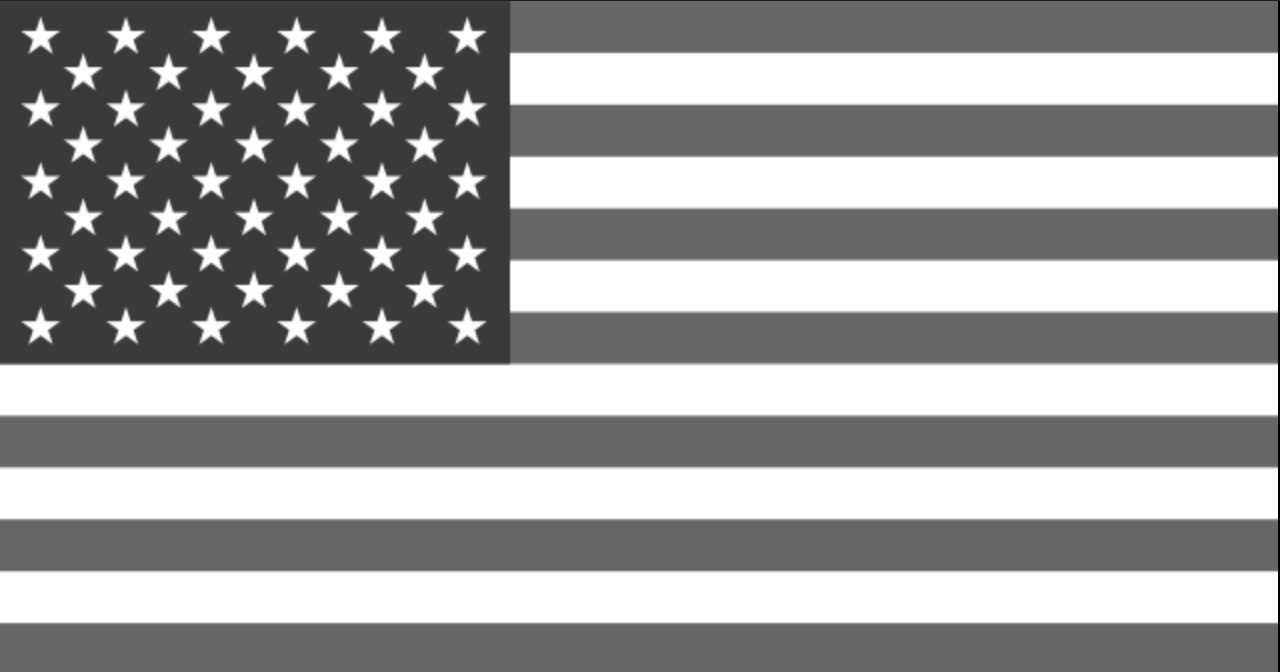Should You Install Synthetic Thatch in Regions with Harsh Weather?
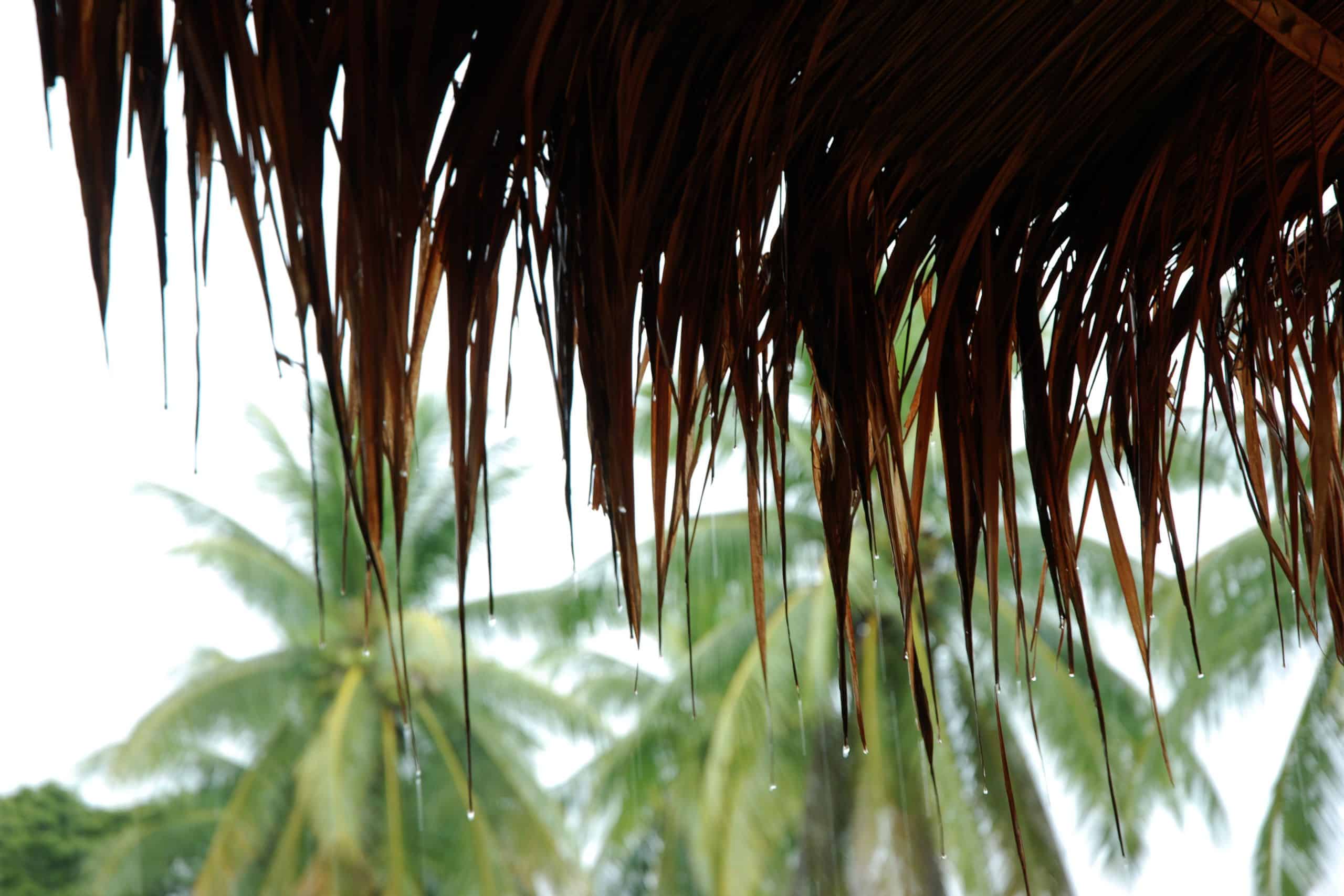
Regions of the world with harsh weather conditions need to take special precautions around the type of building materials they utilize, especially considering the ever-changing climate and the rise of more violent storms. It’s wise to carefully understand how you can keep your family, employees, customers, and members of your community safe.
Premium engineered thatch, designed and manufactured in-house at Endureed, is one of the best solutions for homeowners and business owners looking to protect their property with the best building materials without having to compromise on aesthetic beauty. This article aims to outline the necessities of those facing harsh weather conditions and demonstrate how engineered thatch fully and comprehensively stands as the most optimal solution available.
Roof Necessities in Harsh Weather
Dangerous and destructive weather conditions can arise at any time of the year. While a lot of people may envision the damaging power of a snowstorm during winter, resilient buildings need year-round protection against potential tropical storms, hail, torrential rain and wind, and more.
Roofing materials are one of the most important aspects of a home or commercial building that will keep it safe during these violent weather events. In fact, a roof is the single most important barrier between the elements outside and the people within a building. A poorly constructed roof can result in extensive property damage and harm to individuals, but a high-quality roof that is durable and resilient will effectively keep your home safe, dry, and intact no matter what storm comes your way.
That being said, regions with harsh weather conditions demand that buildings be constructed with roofing materials that are wind, fire, water, rot, and pest-resistant. If a roofing material is not suitable against these specific conditions, it will not be a good choice to protect your property.
What is Engineered Thatch?
Engineered thatch is a unique roofing material that is designed to emulate the natural beauty and timeless charm of traditional thatch, but it is created using a proprietary blend of polyvinyl chloride (PVC) – the same material used in bulletproof vests and many different medical devices. This material is outstandingly strong and durable – in fact, it has resilience rivaling the strongest building materials available in the industry, with full resilience to fire, pest, rot, and hurricanes (capable of withstanding category 5 hurricane winds). It is such a strong material that it is backed by a 20-year warranty. To top it all off, engineered thatch is also 100% recyclable, which makes it the perfect choice for environmentally friendly building materials.
How Does Engineered Thatch Overcome Harsh Weather?
Engineered thatch is able to overcome harsh weather conditions, primarily through its durability. Not many roofing materials exist that can easily withstand category 5 hurricane winds – 157 mph wind speeds or higher to be exact – and the fire resistance (considered a Class-A fire-resistant material) ensures that your roof is completely safe against any risks posed by lightning strikes or man-made fires. In regions that experience high precipitation, engineered thatch can resist rot that would otherwise proliferate through other building materials, and it can withstand extensive and continuous snow and rain. Finally, harsh weather tends to encourage pests to take shelter where it’s warm, but the pest-resistance of engineered thatch will ensure your roof is pest-free.
Beyond its durability, engineered thatch also naturally insulates buildings. That means it’s able to keep buildings warmer when it is cold outside and cool when it is hot. No matter the season or weather that is coming your way, your comfort and safety is assured with engineered thatch.
Harsh Weather Roofing Alternatives: Better Than Engineered Thatch?
When considering all the other available roofing material options, such as tile, metal, asphalt shingle, and wooden shingle, metal roofing is best able to withstand the damaging effects of powerful storms. Tile, for example, can chip and break, and its pieces can be carried at dangerous speeds during a storm; wooden and asphalt shingles are waterproof, but are generally not resistant to high winds. As we mentioned, metal roofing is the best alternative, but it too has a few downsides that cause it to fall short. Firstly, metal roofing can be expensive and difficult to repair and maintain. Metal roofing also tends to be less aesthetically pleasing, especially for commercial buildings like resorts and hotels that desire to design their buildings with a regional theme in mind (engineered thatch comes in regional varieties such as Cape Town, Kilimanjaro, Somerset, Kona, and Bali). And finally, metal roofing is strong, but a significant impact like hail can cause it to dent, and it is extremely loud and echoes profusely when rain and hail are falling.
Find Premium Engineered Thatch For Your Property
If you live in a region of the world where the weather is particularly harsh, engineered thatch should be one of the top building materials you consider to protect your property. Engineered thatch works great for residential and commercial buildings, and it is one of the best options for protecting family, friends, employees, and customers from the dangers posed by extreme weather. With the climate changing around the world, premium engineered thatch is a wise investment from properties everywhere – if you want to learn more about our products or hear about why our clients love working with us, don’t hesitate to contact our team today!


